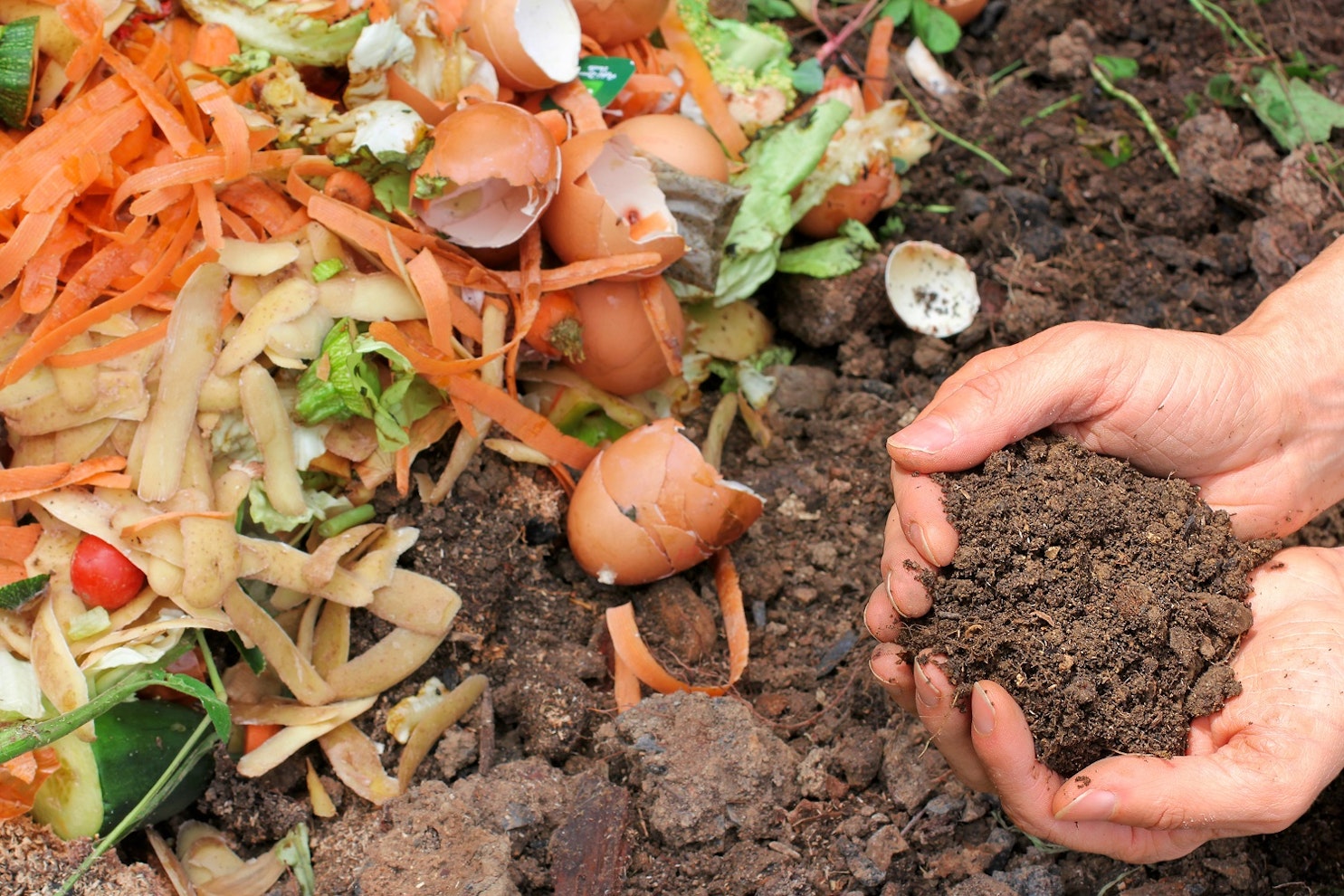The effect of fertilization with the digestate on the quality and chemical composition of selected plants intended for biogas production

The Department of Systems and Economics of Crop Production of the Institute of Soil Science and Plant Cultivation – State Research Institute, together with the Department of Physical Properties of Plant Materials of the Institute of Agrophysics PAS (Poland), conducted a study to determine the effect of fertilization with mineral fertilizers and the digestate from an agricultural biogas plant on selected plant parameters.
We asked Agata Witorożec-Piechnik, one of the authors, to answer some questions.
What are the factors that affect the choice of a substrate for a biogas plant and how does its composition impact on biogas quality and yield?
Starting with the logistics of biogas production, the most important is the sheer availability of substrates, hence a number of biogas plants are built near production facilities, where waste from food and industrial production (e.g. from a dairy plant), is available all year round. A number of factors influence the yield of biogas and methane, we know that it is possible to grow plants for biogas production - they should be characterized by high yield, low soil requirements, resistance to pests and unfavorable environmental conditions such as frost or drought, in addition, it is important that they are not demanding in terms of water requirements, and their cultivation is profitable taking into account: the expenses incurred in the production of plants and the amount of energy obtained in their processing. Among the biochemical elements of the best substrates, the important ones include: the content of non-structural carbohydrates (NFC), organic dry matter and ratio (hemicellulose with cellulose) to lignin with C/N (carbon to nitrogen ratio), lower lignin content in the substrate, the level of nitrogen fertilization (usually the higher the doses of nitrogen fertilizers, the higher the biogas yields), in the case of agricultural feedstocks where several swaths are possible, the former is more efficient in biogas production. In recent years, biogas plant owners have been looking for cheaper substrates, so organic waste, agricultural by-products, animal manure and even forest biomass are often considered. This type of substrate is recommended by the EU (Circular Economy Action Plan - The European Green Deal). Energy recovery from waste is extremely rational from an environmental point of view.
Based on your studies, what kind of substrates can contribute to a high biogas yield in Poland?
My previous research has focused on comparing the production effects of applying different nitrogen fertilization schemes with the use of digestate in the cultivation of corn, sorghum and triticale for biogas feedstock, as well as examining the efficiency of methane fermentation and energy productivity per unit area in relation to the fertilization scheme and plant species, and evaluating the environmental consequences of applying different fertilization schemes with digestate in the cultivation of the plant species studied: corn (Zea mays L. ) variety respect, common sorghum (Sorghum vulgare L.) variety 'Sucrosorgo 506' and spring triticale (Triticale) variety Dublet C1 in the first year of the study, and winter triticale (Triticale) variety Maestozo in the remaining years. Fertilization was divided into two doses with different combinations of post-fertilization. As a result of my research, the highest biomethane yields per unit area were characterized by corn silage (average 5884 Nm3 CH4ha-1), intermediate values were obtained for sorghum silage (average 4741 Nm3 CH4ha-1), while the lowest yields were characterized by triticale silage (average 2921 Nm3 CH4ha-1). There was no effect of the tested fertilization schemes on the biomethane yield values of the tested crops per unit area.
Agata Witorożec-Piechnik
The Institute of Soil Science and Plant Cultivation-State Research Institute.
Department of Systems and Economics of Crop Production.
Read the full research here: PJA48doInternetustr28_36.pdf (iung.pulawy.pl)